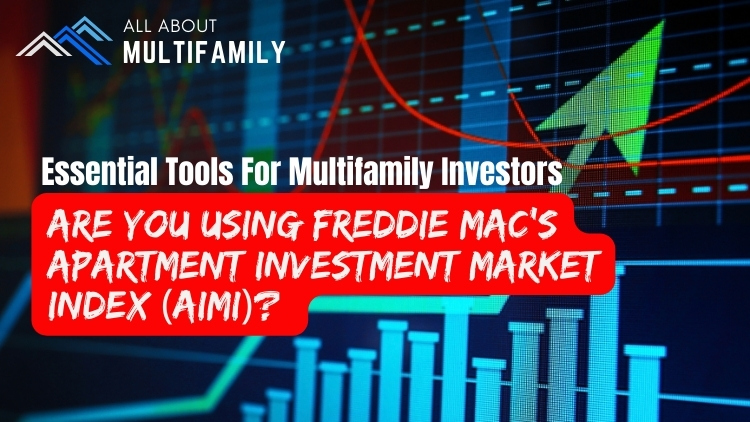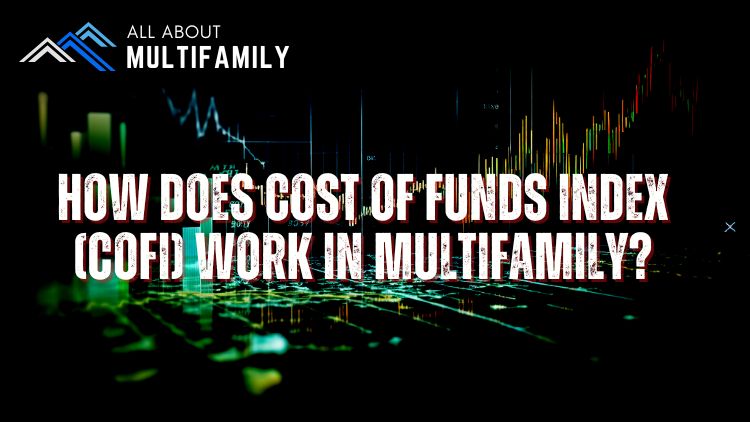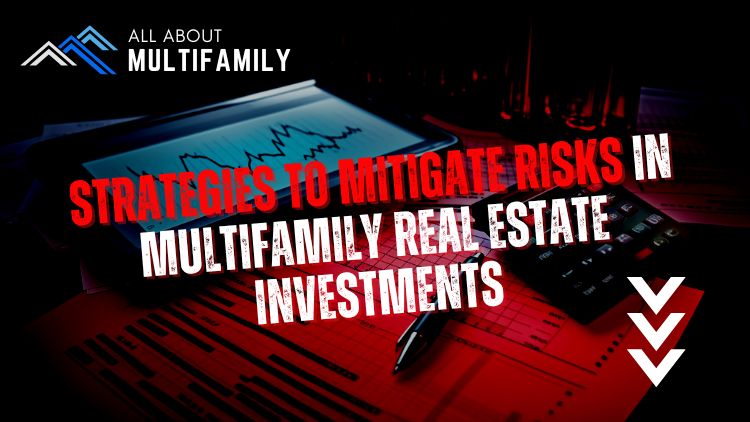The multifamily real estate market is dynamic and constantly evolving. To thrive in this ever-changing environment, investors and industry stakeholders must remain vigilant, staying up-to-date with the latest trends and market insights. In this pursuit, Freddie Mac has developed AIMI, an invaluable analysis tool designed to provide unique insights into investment conditions across the nation and in key markets.
AIMI Explained
AIMI stands for the Apartment Investment Market Index. It’s a straightforward metric that evaluates the relationship between rental income and the cost of investment. This evaluation is based on two critical factors: multifamily property price growth and multifamily mortgage rates. By examining these key elements, AIMI offers investors a comprehensive view of how investment conditions are shifting and allows them to spot trends over time.
Using AIMI to Analyze Investment Conditions
To better understand how AIMI works, let’s take a closer look at its application. Consider Dallas as an example. AIMI began to decline in 2004, leading up to the Great Recession. This decline was primarily due to the simultaneous increase in mortgage rates and rapidly rising property prices. These two factors combined to create a situation where the cost of investment was on the rise, while property income growth remained relatively slow.
However, during and immediately after the recession, AIMI started to increase. This indicated an improving investment market, as property values plummeted faster than income growth. As a result, investments became cheaper per dollar of rental income.
In the post-recession period, AIMI remained relatively stable for a few years. Steady income growth, declining mortgage rates, and rebounding property prices contributed to this stability. However, since 2016, AIMI has shown a downward trend, suggesting less favorable investment conditions. This is primarily due to consistently high property price growth offsetting strong income growth.
AIMI’s Historical Value Comparison
One of AIMI’s notable features is its ability to provide historical comparisons. For instance, you can compare AIMI values from different years to gauge changes in investment conditions. In the provided example, the AIMI value for 2019 is similar to that of 2010. While the metrics underlying AIMI computation may differ, they yield comparable index results, offering insights into market stability and changes over time.
Sensitivity Analysis with AIMI
Investors and market observers often consider a multitude of factors when making investment decisions. AIMI simplifies this process by combining several key market drivers into one comprehensive index. Additionally, AIMI offers a sensitivity table that reveals how index values change based on shifts in underlying drivers. This feature empowers investors with a deeper understanding of the potential impacts of various market forces.
Conclusion: Leveraging AIMI for Informed Investment Decisions
AIMI is a powerful tool that provides a quick and insightful assessment of evolving investment conditions. Whether you’re a seasoned investor or just entering the multifamily property market, AIMI offers a valuable resource for assessing the investment environment in your chosen market. By leveraging AIMI’s analysis, you can make more informed decisions and navigate the multifamily real estate landscape with greater confidence.













































![An In-Depth Look at Jake and Gino's Coaching Program [A Review]](https://allaboutmultifamilyinvesting.com/wp-content/uploads/2023/10/AAM-BMP-Blog-Covers-750-×-422px-6.jpg)


![Email Marketing Tips for Multifamily Real Estate Syndicators to Raise Capital [Templates included]](https://allaboutmultifamilyinvesting.com/wp-content/uploads/2023/09/AAM-BMP-Blog-Covers-750-×-422px-4.jpg)






![The Richest Kids In America [Book Review]](https://allaboutmultifamilyinvesting.com/wp-content/uploads/2023/09/AAM-BMP-Blog-Covers-750-×-422px-84.jpg)
















